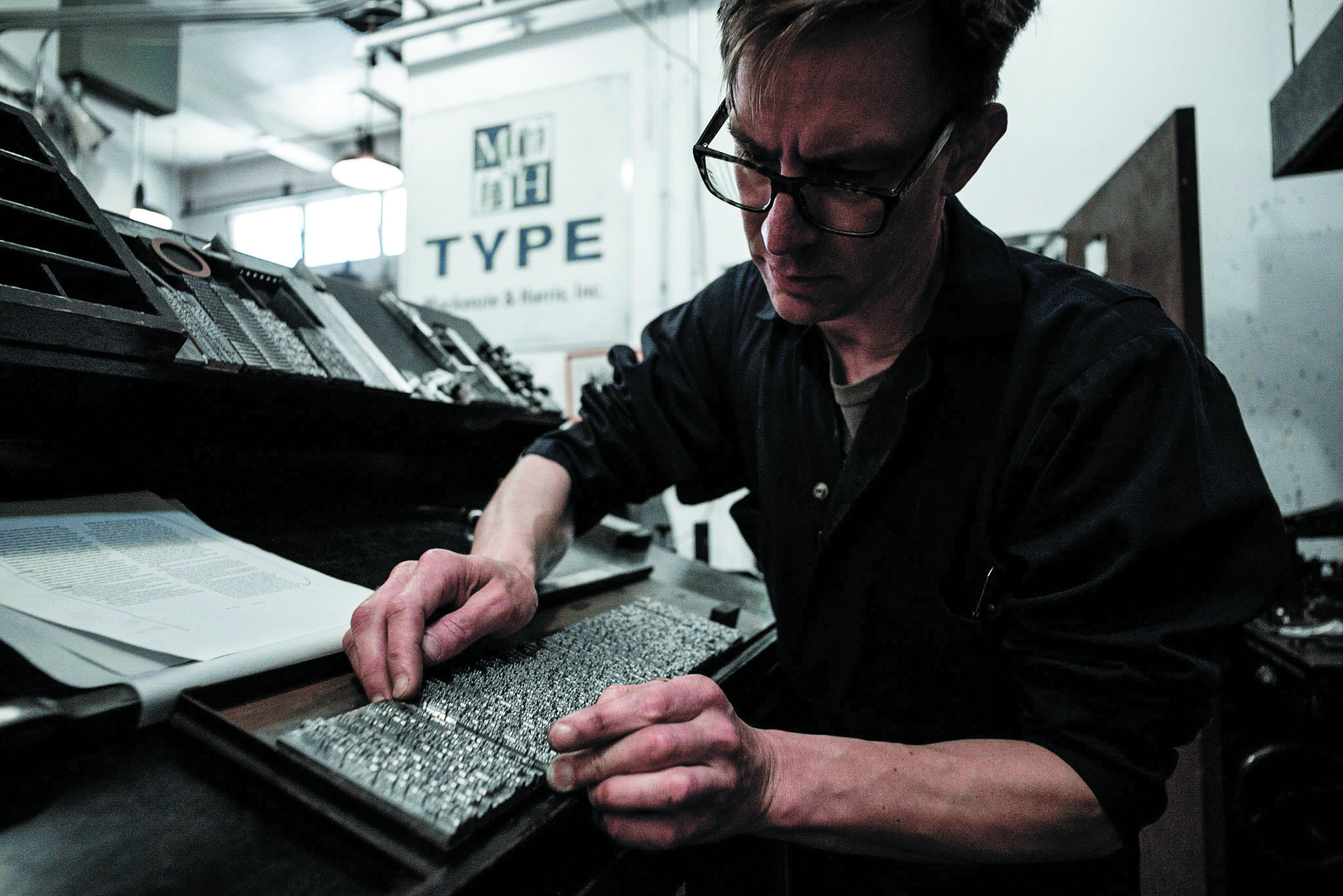The Visionary
Author:Lindsey ShookSam Klemick is handcrafting furniture while shaping the future piece by piece
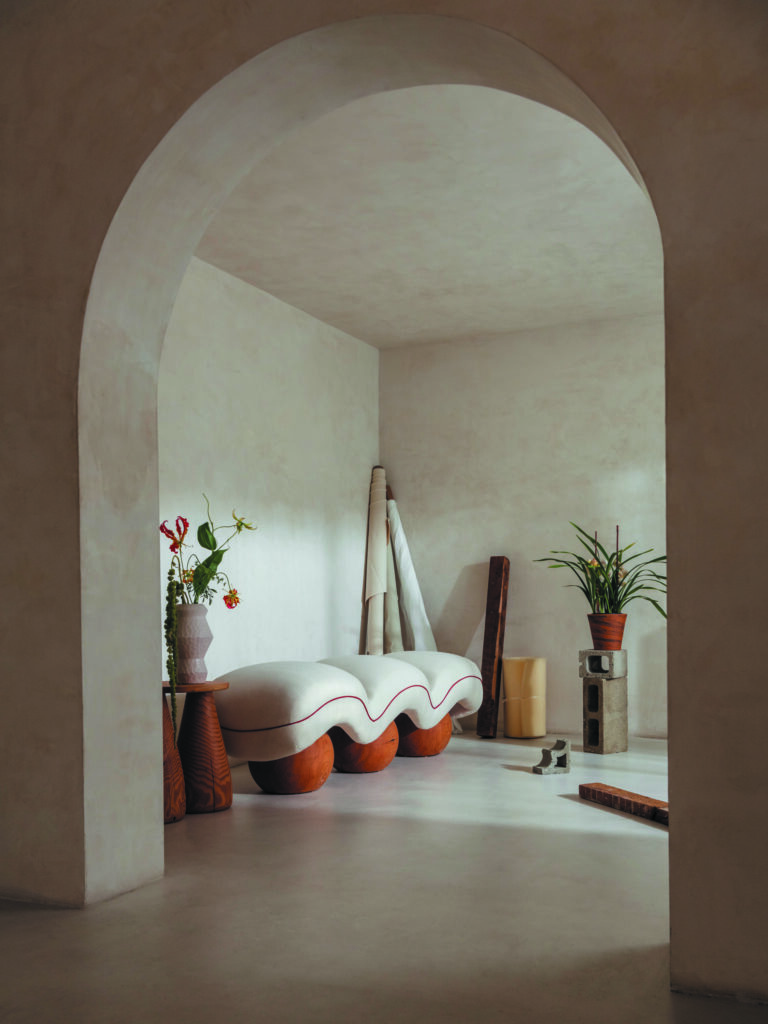
L.A. has become home to a host of decorative artists and furniture makers who are challenging materiality, process and production. Artist Sam Klemick stands out amongst the community not just for her sculptural pieces but for her dedication to reducing waste in an industry known for its significant contributions to our environment crisis. “There is already so much stuff on our planet. I enjoy trying to figure out how I can reuse what is already here,” Klemick says.
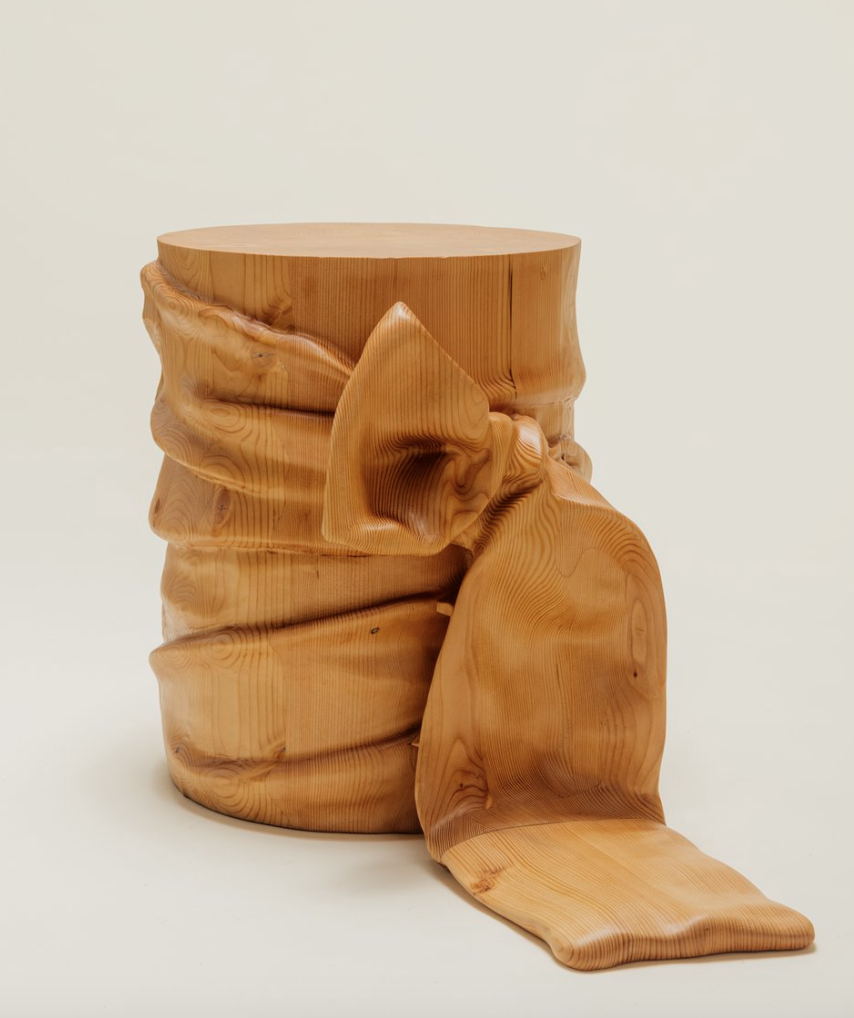
Born and raised in Miami, Klemick began her career as a fashion and textile designer, which has informed everything in her furniture practice from upholstery techniques to sustainable production. “I come from the fashion industry, where things are constantly being over-produced, over-sampled and ultimately thrown out,” Klemick says. “That industry moves at such a fast pace that material processes are overlooked in favor of high margins and quick turnarounds. I knew if I were to have my own business it needed to be done mindfully and in consideration of what I have seen.”
Klemick handcrafts pieces in her L.A. workshop from salvaged and locally sourced lumber using the circular method. “This method, which defines my process, is a consideration for the entire lifecycle of the materials that I use,” she remarks. “This means I consider where the materials came from and where they will go at the end of their life. My goal is to not contribute to the expanding problem of our landfills.”
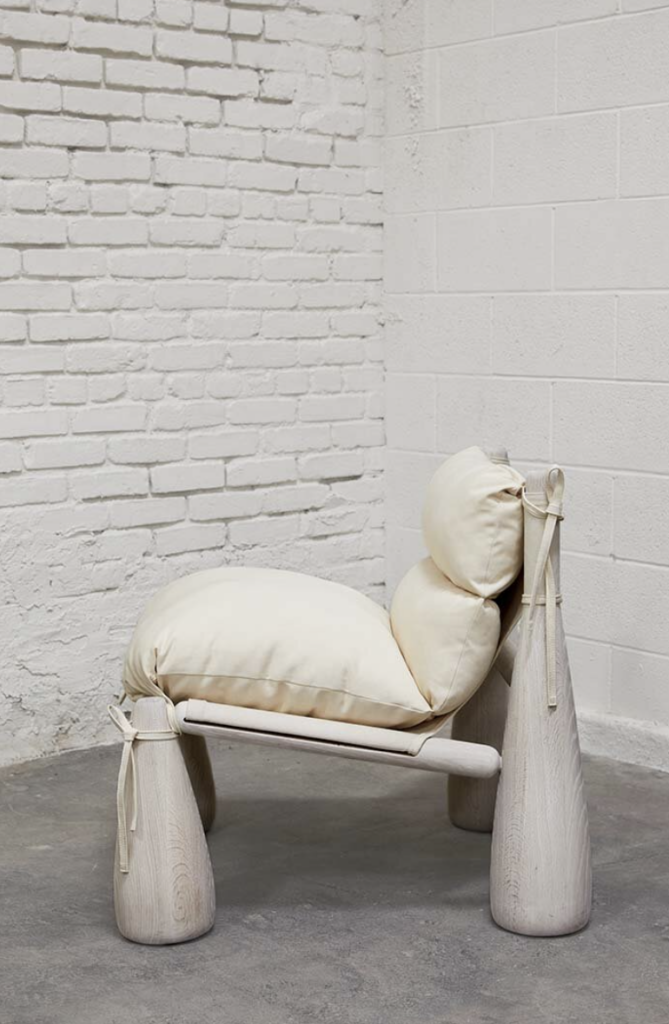
Each chair is produced without using any screws or additional hardware but instead with traditional joinery, which is key to the circular design process so that the lumber can easily be recycled. “The fabric can be removed from the wood and the cushion inserts can come out so that all of these components can be recycled and then reused,” Klemick says. “Ideally my work would live forever in the family or home it goes to, but what happens to it once it’s sold is out of my control, so it’s important I consider everything.”

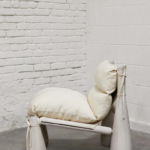
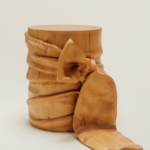
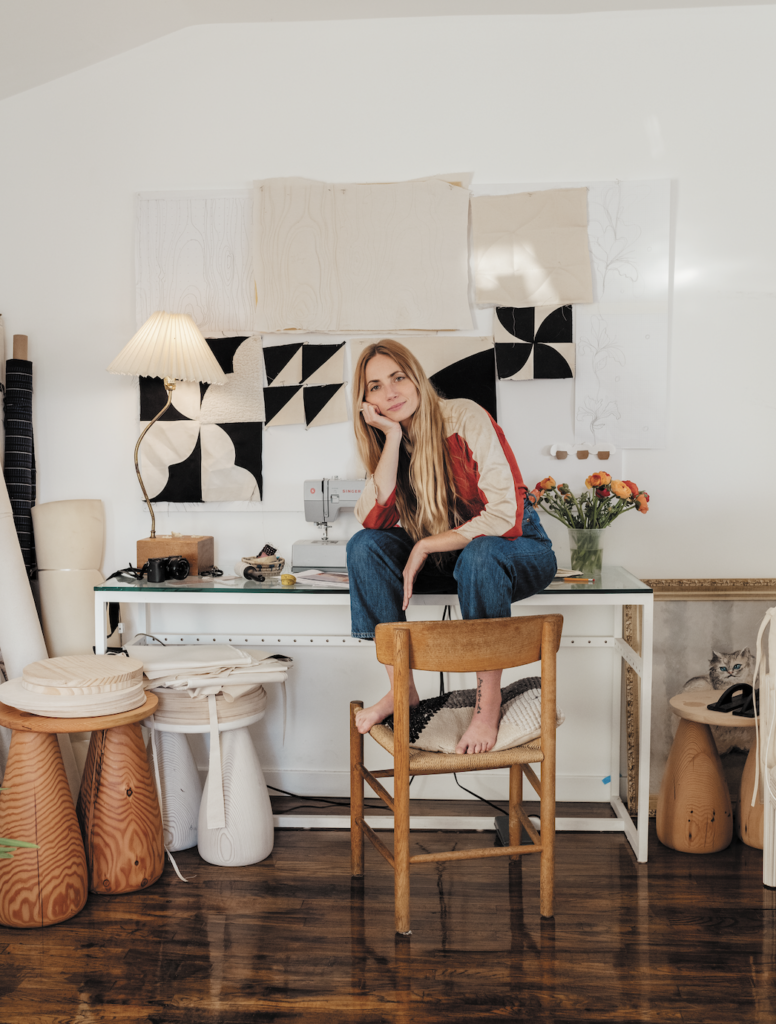 Artist Sam Klemick in her studio.
Artist Sam Klemick in her studio.


